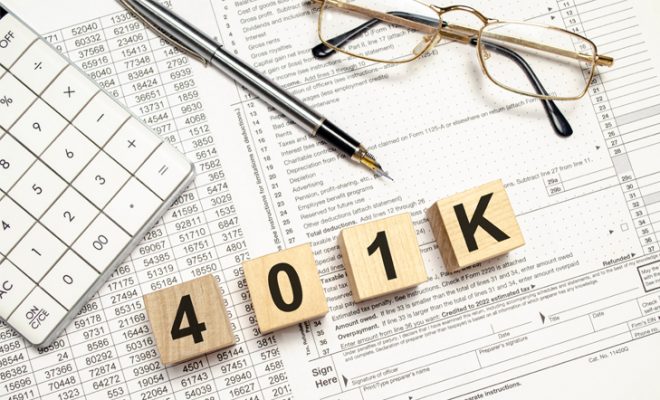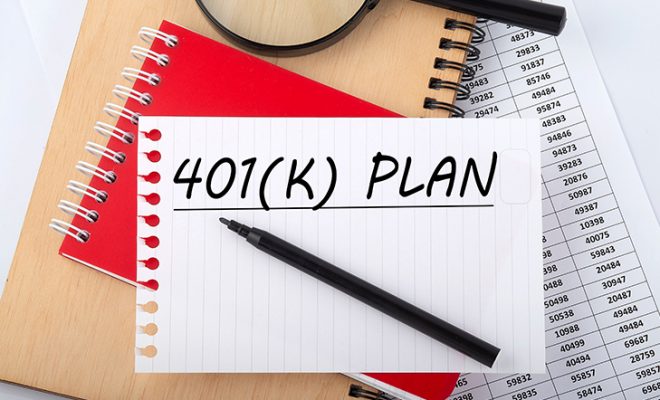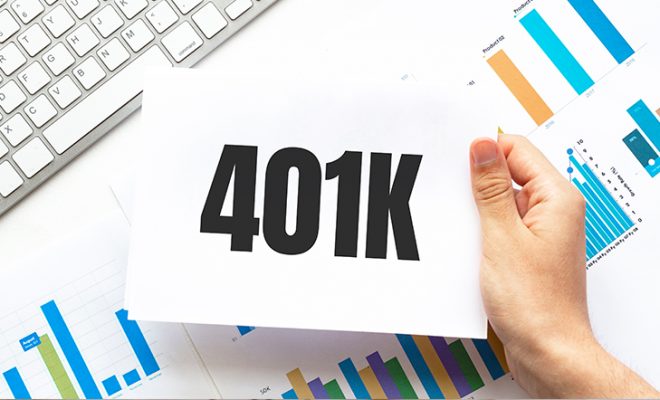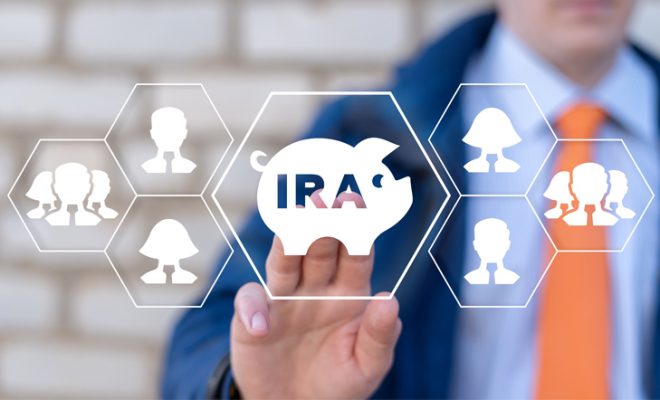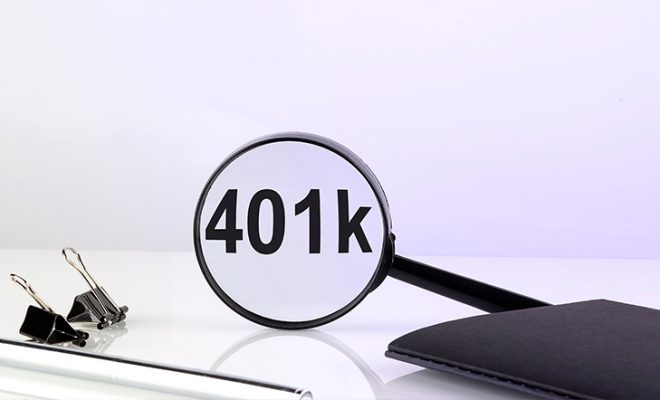Strategies to Avoid Early Withdrawals from Your 401(k) and IRA Accounts

A traditional 401(k) or Individual Retirement Account (IRA) does not allow withdrawals before the age of 59.5 without penalties. If you take money out early, you will owe an additional 10% penalty and pay tax on the distribution unless you qualify for an exception. The Internal Revenue Service (IRS) allows penalty-free 401(k) early distributions in certain cases, such as up to $5,000 per child for birth or adoption expenses or withdrawals made by someone with a terminal illness. For an IRA, some exceptions include withdrawals for qualified higher education expenses or if the account holder becomes totally and permanently disabled. However, in most situations, taking money out early results in losing a significant portion to taxes and penalties. This is why it is essential to explore strategies to avoid withdrawing from your retirement savings too soon.
A financial advisor can help you stay on track and avoid the IRA and 401(k) penalty for early withdrawals. This article will also discuss practical ways that can help you avoid early withdrawals and preserve your retirement savings.
Below are 6 strategies to make IRA and 401(k) withdrawals without penalty:
1. Create an emergency fund
Unexpected situations can arise that require immediate financial resources. In such cases, having an emergency fund can prevent the need to withdraw from a 401(k) or IRA early. An emergency fund can cover unplanned expenses without jeopardizing your long-term retirement savings. Unexpected medical bills or unemployment can deplete your liquid savings quickly. Without an emergency fund, the only available option may be withdrawing from retirement accounts, which will lead to penalties and taxes. You can set aside some money in a separate account specifically for emergencies to avoid this.
While some emergency situations qualify for penalty-free withdrawals, many do not. For instance, a total and permanent disability allows for penalty-free access to retirement funds. Survivors of domestic abuse can withdraw up to the lesser of $10,000 or 50% of their account balance without penalties for both 401(k) plans and IRAs if the distribution occurs after December 31, 2023. Additionally, health insurance premiums paid while unemployed qualify for penalty-free withdrawals from an IRA, but this exception does not apply to a 401(k). However, emergencies such as home repairs or unexpected medical expenses that do not meet IRS criteria will result in penalties if retirement funds are accessed early. This makes it critical to build and maintain an emergency fund. You can plan to set aside at least three to six months’ worth of expenses to ensure financial stability during challenging times. Keeping these savings separate from your retirement funds ensures that you see accounts like a 401(k) or IRA as a last resort and not your first line of defense. A high-yield savings account can be a good option to ensure your money is available when you truly need it rather than being mixed with everyday expenses.
2. Plan ahead for your future expenses
Planning ahead for your future expenses can help you avoid withdrawing from your retirement accounts too soon. One of the main reasons people consider early withdrawals is to cover unexpected costs, but setting aside funds in advance can prevent this situation. Creating a budget and saving separately for major expenses will reduce the temptation to dip into your 401(k) or IRA prematurely. A well-structured budget is essential for managing your finances and ensuring that your future expenses do not require early withdrawals. You can set financial goals and allocate savings for each need to be prepared. For instance, if you are planning to purchase a home in the future, you can start saving separately for a down payment over several years to avoid using up your retirement funds. Planning well in advance can help you cover the need when the time comes.
It is also important to understand the provisions available within your retirement accounts to ensure proper financial planning. Certain accounts allow penalty-free withdrawals under specific circumstances. For example, an IRA permits first-time homebuyers to withdraw up to $10,000 without penalty. However, it is important to note that this option does not apply to a 401(k), so an early withdrawal from that account would result in taxes and penalties. Knowing these distinctions ahead of time allows you to make informed decisions and avoid unnecessary penalties. Working with a financial advisor can be helpful not only to prevent early withdrawal penalties but also to understand the rules surrounding retirement accounts. A professional can help you use the provisions that allow penalty-free withdrawals while creating a strategy for saving for the future. This can ensure that your retirement funds are accessible to you when truly needed.
3. Opt for a Roth IRA instead of a Traditional one
A Roth IRA offers several advantages that a Traditional IRA does not, which makes it a more flexible option for retirement savings. Unlike a Traditional IRA, withdrawals from a Roth IRA in retirement are tax-free, provided certain conditions are met. Since the money you contribute has already been taxed, you will not owe taxes again when you withdraw it later. However, it is important to understand the withdrawal rules to avoid penalties.
You can withdraw from an IRA without penalty and tax if you have a Roth account, provided two conditions are met. First, you must be at least 59.5 years old. Second, the account must have been open for at least five years. These rules apply only to the earnings portion of your Roth IRA. If you are under the age of 59.5, you can withdraw the money you contributed to your Roth IRA at any time without taxes or penalties. This is because your contributions were already taxed before you invested them into the account. However, withdrawing earnings before age 59.5 and before meeting the five-year rule may result in taxes and penalties. For those who are 59.5 or older, withdrawals from a Roth IRA are tax-free and penalty-free as long as you meet the five-year holding criterion. If the account has been open for less than five years, any earnings withdrawn will be subject to income taxes, but no penalties will be applied.
Before opening a Roth IRA, it is important to understand the contribution limits and income restrictions. The IRS sets specific thresholds that determine eligibility for direct Roth IRA contributions. In 2025, you can contribute up to $7,000 if you are under 50, while those aged 50 and older can contribute up to $8,000, including a $1,000 catch-up contribution.
Below are Roth IRA income limits for 2025:
| Tax filing status | MAGI | Contribution limit for tax filers under 50 | Contribution limit for tax filers aged 50 or older |
| Single filers | Less than $150,000 | $7,000 | $8,000 |
| Greater than or equal to $150,000 but less than $165,000 | Partial contribution | Partial contribution | |
| Greater than or equal to $165,000 | Not eligible | Not eligible | |
| Married filers filing joint returns | Less than $236,000 | $7,000 | $8,000 |
| Greater than or equal to $236,000 but less than $246,000 | Partial contribution | Partial contribution | |
| Greater than or equal to $246,000 | Not eligible | Not eligible | |
| Married filers filing separate returns | Less than $10,000 | Partial contribution | Partial contribution |
| Greater than or equal to $10,000 | Not eligible | Not eligible |
SPONSORED WISERADVISOR
4. Take a 401(k) loan instead of a withdrawal
While IRAs do not allow loans, 401(k) plans permit borrowing under specific conditions through a 401(k) loan. The exact terms and conditions of these loans can vary depending on the plan administrator, but in general, you can borrow up to 50% of your vested 401(k) account balance or $50,000, whichever is lower. However, if 50% of your vested balance is less than $10,000, you may borrow the entire $10,000. Repayment terms typically span five years. However, it may be extended under some circumstances.
Unlike an early withdrawal, a 401(k) loan is not taxable as long as you repay it within the allowed timeframe. However, you must clear the loan with your present employer before you leave your job. If you happen to quit or switch jobs before repaying the loan, you would have to clear your dues first. If you are not able to do so, your 401(k) loan will be treated as an early distribution by the IRS, and the entire amount will be subject to income taxes and a 10% penalty unless you qualify for an exception.
Another important aspect of a 401(k) loan is that it includes interest. While you may be borrowing from your own money, you will still pay interest. However, instead of paying a lender, you will pay the interest back into your own retirement account. This ensures your account balance is not impacted by the loan. But if the loan is not repaid as agreed, it is considered a plan distribution, and any unpaid amount will be added to your taxable income for the year and subject to penalties.
To avoid unnecessary taxes and penalties, it is crucial to fully understand the loan terms and have a repayment plan in place. A 401(k) loan can be a useful financial tool in emergencies, and you can consider it an alternative to a premature withdrawal, but it should be used with caution.
5. Consider a Home Equity Line of Credit (HELOC)
If you need access to funds but want to avoid early withdrawals from your IRA or 401(k), a HELOC can be a viable alternative. A HELOC allows you to borrow money using your home equity as collateral. In a way, it is similar to a 401(k) loan because you are essentially borrowing from an asset you already own. However, a HELOC typically lets you borrow up to 85% of your home’s equity, depending on your lender’s terms and creditworthiness. So, the loan amount is higher than a 401(k) loan. The repayment period usually ranges between 10 and 20 years, so you also have more flexibility in managing your repayments. Moreover, your loan is not tied to an employer, so you can switch jobs without having to rush your loan repayments.
However, a HELOC does come with risks. Since your home serves as collateral, failing to repay the loan could result in foreclosure. It is crucial to weigh the pros and cons before proceeding. If you are comfortable using your home’s equity and have a solid repayment plan, a HELOC can be a practical solution for covering immediate financial needs while keeping your retirement savings intact.
6. Rely on other accounts like the Health Savings Account (HSA) and 529 plans for other needs
Having dedicated investment and savings accounts for different financial goals ensures there is no overlap and helps you manage your money more effectively. Just as a 401(k) or IRA is designed for retirement, an HSA is tailored for medical expenses, and a 529 plan is meant for education costs. HSAs offer tax benefits and allow you to cover your medical expenses in retirement, ensuring you can tackle health emergencies and pay for preventative healthcare. Similarly, a 529 plan ensures you have enough funds to cover your children’s and grandchildren’s education expenses without having to rely on student loans. Using these specialized accounts helps you avoid tapping into your retirement savings for non-retirement expenses. Each of these accounts comes with its own tax advantages and withdrawal conditions, ensuring that the funds are used for their intended purpose only.
Allocating savings into these dedicated accounts allows you to streamline financial planning while ensuring that each fund serves its specific goal. This simplifies money management and helps protect your retirement savings from unnecessary withdrawals, ensuring you preserve them for their intended purpose.
To conclude
Emergencies are unpredictable, and there may be times when you are forced to withdraw funds from your retirement accounts earlier than planned. However, it is crucial to minimize premature withdrawals as much as possible. The best way to do this is by planning ahead, building an emergency fund, and using dedicated accounts for different financial needs. Additionally, if you need funds to tackle unplanned expenses, you can consider alternatives like a 401(k) loan or a HELOC instead of making an early withdrawal. You can also opt for Roth accounts as they offer more flexibility when accessing your savings. Having said that, if a premature withdrawal becomes unavoidable, make sure you understand the tax implications and penalties involved. Consulting a financial advisor can help you identify the best approach and minimize the long-term impact on your retirement savings.
Use the free advisor match tool to get matched with experienced financial advisors who can help you understand how to make withdrawals from 401(k) and IRA without incurring penalties. Answer a few simple questions and get matched with 2 to 3 vetted financial advisors based on your requirements.
For further information on creating a suitable retirement plan for your unique financial requirements, visit Dash Investments or email me directly at dash@dashinvestments.com.
About Dash Investments
Dash Investments is privately owned by Jonathan Dash and is an independent investment advisory firm, managing private client accounts for individuals and families across America. As a Registered Investment Advisor (RIA) firm with the SEC, they are fiduciaries who put clients’ interests ahead of everything else.
Dash Investments offers a full range of investment advisory and financial services, which are tailored to each client’s unique needs providing institutional-caliber money management services that are based upon a solid, proven research approach. Additionally, each client receives comprehensive financial planning to ensure they are moving toward their financial goals.
CEO & Chief Investment Officer Jonathan Dash has been covered in major business publications such as Barron’s, The Wall Street Journal, and The New York Times as a leader in the investment industry with a track record of creating value for his firm’s clients.



